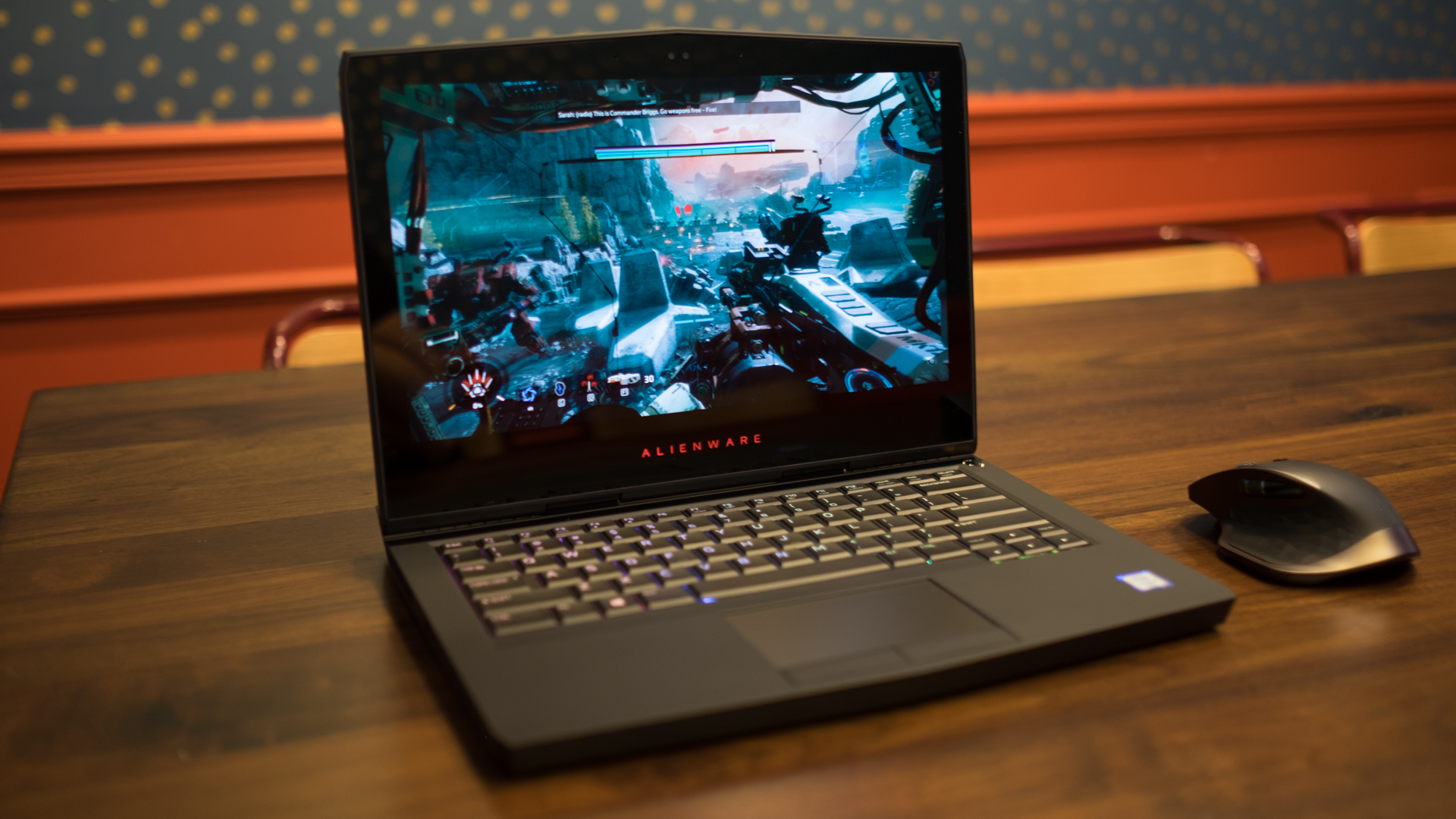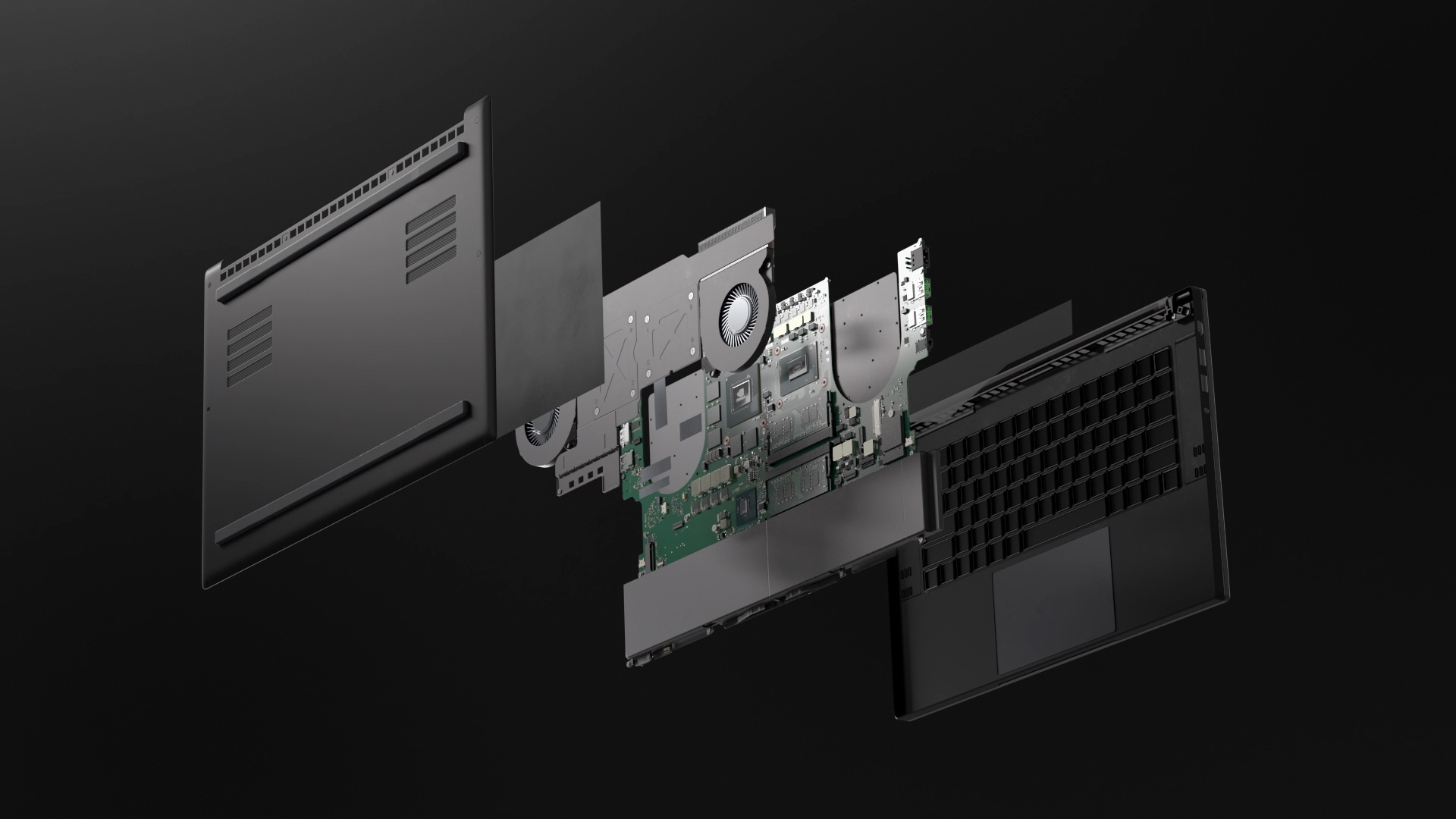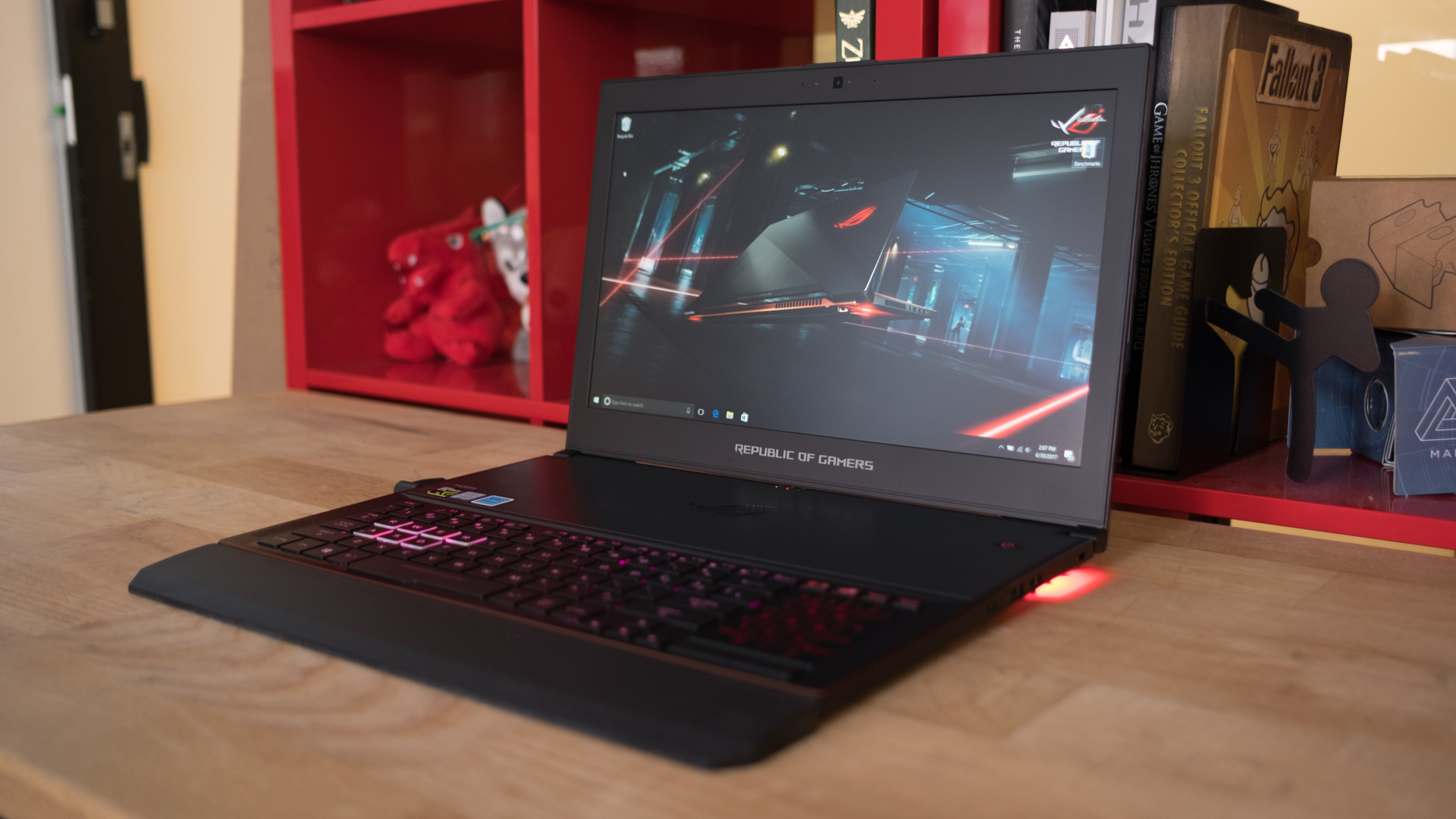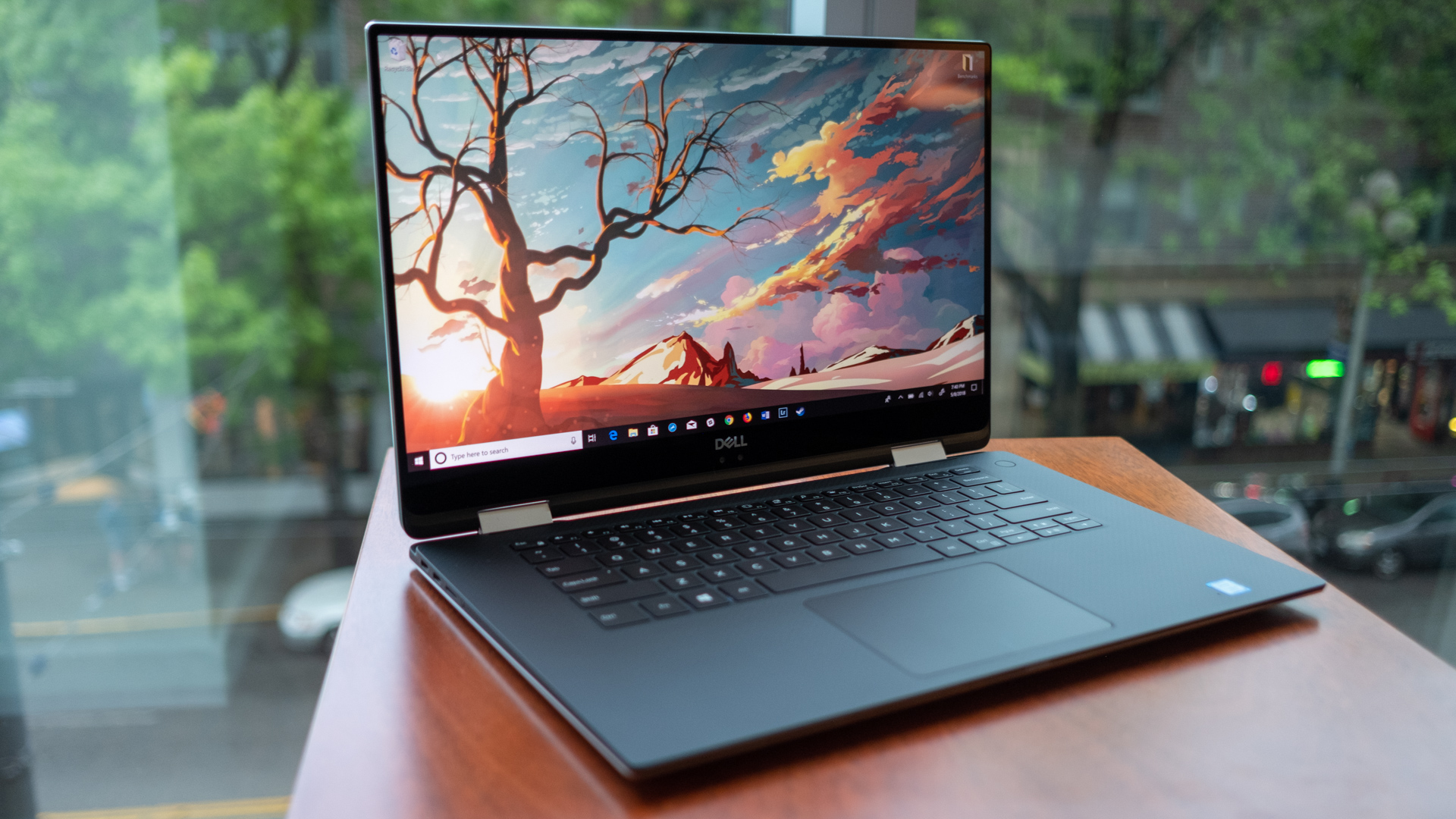Laptop graphics cards explained
What do you need from your notebook GPU?

When it comes to graphics hardware, laptops are somewhat different to the traditional desktop PC. There are core similarities, and just like desktops, notebooks can run with either integrated graphics – that means a GPU (Graphics Processing Unit) built into the processor – or discrete graphics, which denotes that the graphics card is a separate entity to the CPU, and therefore bigger and more powerful.
As with a desktop PC, if you want a gaming laptop, it should ideally run with a discrete GPU (although integrated graphics are getting more powerful these days, and can produce solid results with many games – more on that later). If you use your machine for just general computing and browsing the web, then you’ll get by with an integrated GPU just fine.

Discrete dominance
Let’s take a look at discrete graphics solutions first, which, as mentioned, are really the domain of gamers (or professionals working with heavyweight graphics rendering programs).
Notebooks used to be a world away from desktop PCs in terms of the power of the GPU you could fit inside – obviously there’s far less room for a card in a laptop chassis than there is in a big old desktop tower, not to mention far more in the way of power issues – but that gap has closed in recent times.
Nowadays, you can whack a fully-fledged GeForce GTX 1080 into a laptop for some serious pixel-pushing power to handle demanding games in higher resolutions and details. We say fully-fledged, but in actual fact, a notebook GTX 1080 will have been toned down somewhat in terms of the clock speed, although it’ll still give you pretty close to the same performance as a GTX 1080 that you’d plug into your gaming PC.
On the Nvidia front (we’ll come to AMD shortly), the GTX 1080 is top dog for gaming laptops – plus you can even SLI a pair in a notebook – but you can also get portables with a GTX 1070, 1060 or 1050 (or 1050 Ti).
The trade-off with these machines, though, is that the chunky card – and the rest of the components to match it – means you’ll be looking at a fairly hefty laptop. A not-so-portable, if you like. What’s more, you’ll pay a premium for this power, too.
Get daily insight, inspiration and deals in your inbox
Sign up for breaking news, reviews, opinion, top tech deals, and more.

Optimized to the Max-Q
Nvidia tackled this portability problem, though, when last year the firm introduced Max-Q variants of the aforementioned GTX GPUs. These are simply honed versions of the graphics solutions which are optimized for power usage, and benefit from advanced thermal and electrical designs, not to mention the fact that they run more quietly.
This means that the likes of the Asus ROG Zephyrus GX501 can fit a Max-Q toting GeForce GTX 1080 in a laptop which is only 17.9mm at its thickest point and weighs 2.2kg. The resulting performance is positively blazing for a portable – although battery life does suffer, as you might anticipate. And it’s not a cheap machine; you pay for the tech trickery necessary to pull off this slimline beast of a notebook.
More midrange discrete GPUs from Nvidia include the likes of the GeForce MX150, which is capable of handling many popular recent games acceptably at Full HD resolution, although you’ll likely have to turn the details down considerably (and more demanding games will make mincemeat of this GPU).
It’ll be fine for the likes of Overwatch at high details, but with other games, you’ll likely have to drop to 720p resolution if you want better details (depending on the exact game, of course).
AMD’s armory
So what about Nvidia’s big graphics rival, AMD? That company, too, offers a range of discrete graphics cards for notebooks, although it isn’t as competitive as Nvidia at the higher end. AMD hasn’t brought its latest-gen tech (Vega) to laptops as discrete solutions, and currently, the top of the tree is the Radeon RX 580.
While that’s still a powerful card for a notebook, bear in mind that the RX 580 is only around equivalent to Nvidia’s GTX 1060 (very roughly speaking) – and of course that’s far from the top of Nvidia’s line-up.
There are a number of midrange Radeon cards that perform similar duties to their equivalent Nvidia GPUs – for example the Radeon R9 series – so you’ve still got plenty of choice in the middle ground.
But where AMD has been most interesting of late is with integrated graphics solutions, where current-gen Vega tech has actually been brought to the notebook world.
As we mentioned at the outset, if you don’t game, you won’t really need a discrete GPU, and integrated graphics built directly into the processor will likely be just fine. This will often come in the form of Intel chips with built-in Intel graphics, but AMD also does integrated graphics, on board its own processors, and also Intel’s these days, too.
Intel and AMD’s latest integrated graphics will not only run your everyday applications just fine, but can actually make a pretty impressive stab at keeping games ticking over nicely.

AMD has been particularly hot on this front with the Radeon RX Vega M GL integrated graphics packing power that’s roughly equivalent to Nvidia’s GTX 1050, or even slightly better, as we found in our review of a laptop running this solution. That Dell XPS 15 2-in-1 (with an Intel Core i7-8705G CPU) managed to get 48 frames per second out of Middle-earth: Shadow of War at Full HD with ‘ultra’ details. Not too shabby indeed.
Even so, if you’re going to be partaking of any demanding gaming, you’ll still want a discrete graphics card – but it really is quite amazing how far integrated graphics have come.
- Check out our list of the best laptops
Darren is a freelancer writing news and features for TechRadar (and occasionally T3) across a broad range of computing topics including CPUs, GPUs, various other hardware, VPNs, antivirus and more. He has written about tech for the best part of three decades, and writes books in his spare time (his debut novel - 'I Know What You Did Last Supper' - was published by Hachette UK in 2013).